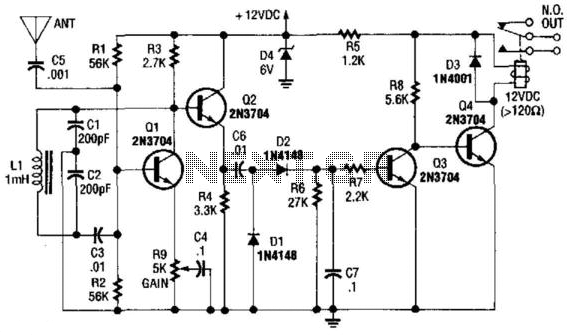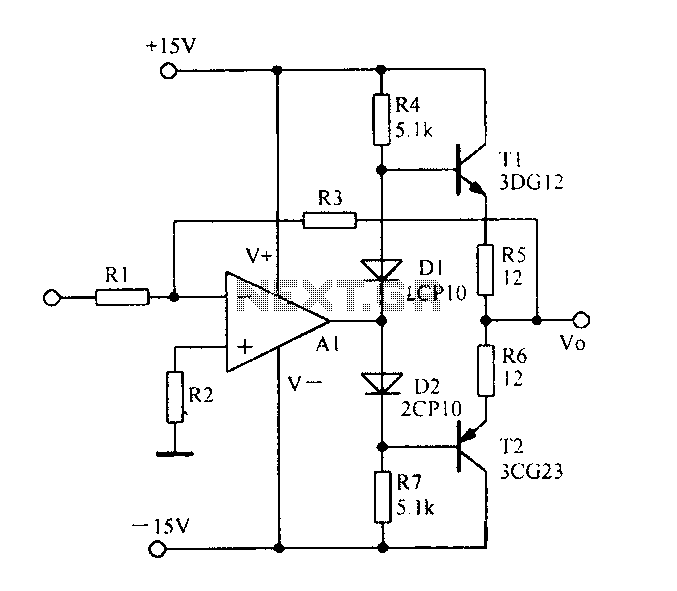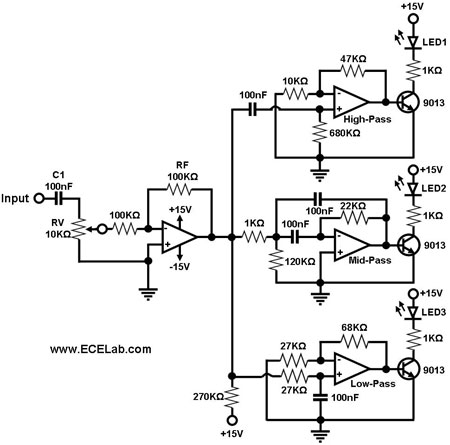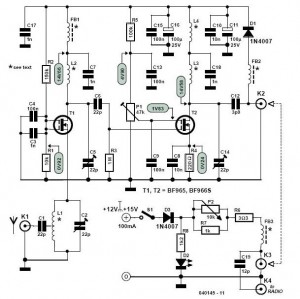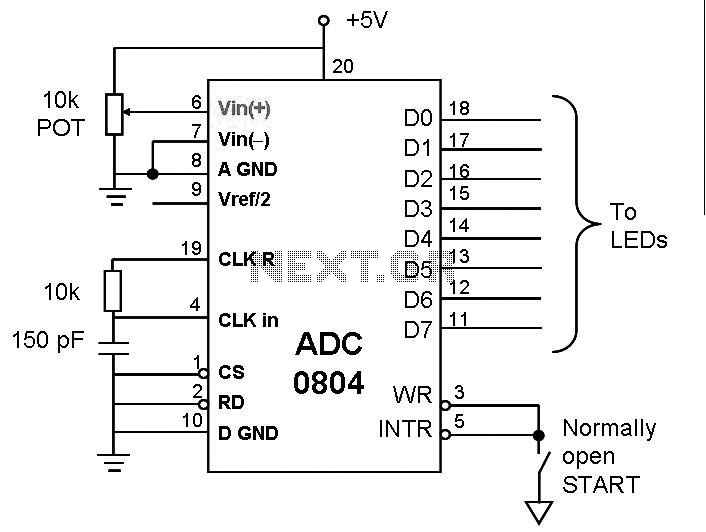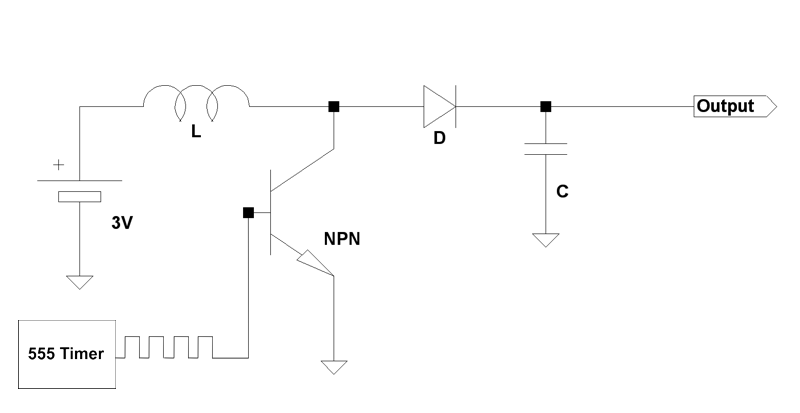
Micropower 1A Boost Converter with Schottky and Output Disconnect
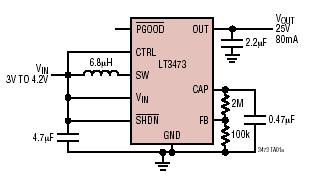
The LT3473 and LT3473A are micropower step-up DC/DC converters that integrate a Schottky diode and output disconnect circuitry within low-profile DFN packages. Their compact size, high integration level, and utilization of small surface-mount technology (SMT) components result in a solution footprint of less than 50mm². The internal 1A switch enables the device to output 25V at currents up to 80mA from a Li-Ion cell, while the automatic Burst Mode operation ensures efficiency during light load conditions. An auxiliary reference input (CTRL) allows users to override the internal 1.25V feedback reference with a lower value, granting full control over the output voltage during operation. The PGOOD pin sinks current when the output voltage reaches 90% of its final value. The LT3473A model includes two NPN transistors for generating intermediate bias voltages from the output and is available in a 12-lead (4mm x 3mm) DFN package. In contrast, the LT3473 does not feature these NPN transistors and comes in an 8-lead (3mm x 3mm) package. Pricing for the devices is provided for budgetary purposes only, in U.S. dollars, and is subject to change. International prices may vary due to local duties, taxes, fees, and exchange rates. For specific pricing or delivery quotes, inquiries should be directed to local Linear Technology sales offices or authorized distributors. Linear Technology also provides demo boards at no charge to qualified customers, and certain demo boards are available for purchase via credit card on their website. These demo boards are intended for evaluation purposes, and it is the customer’s responsibility to ensure proper and reliable operation in their final application.
The LT3473 and LT3473A are designed for applications requiring efficient voltage conversion from low-voltage sources, such as single-cell Li-Ion batteries. Their step-up conversion capability is particularly beneficial in powering devices that require higher voltages than what the input source can provide. The integrated Schottky diode reduces the number of external components needed, simplifying the design and minimizing space requirements.
The automatic Burst Mode operation enhances the efficiency of these converters at light loads, which is crucial for battery-powered applications where power consumption must be minimized to extend battery life. The CTRL pin offers flexibility in output voltage control, enabling designers to customize the output voltage according to specific application needs without the need for additional components.
The PGOOD pin serves as a useful status indicator, providing feedback regarding the output voltage level. This feature can be integrated into larger systems to ensure that downstream components are powered only when the voltage is within acceptable limits, enhancing overall system reliability.
The two versions of the device cater to different design requirements. The LT3473A, with its additional NPN transistors, is suited for applications that may benefit from intermediate bias voltages, while the LT3473 is a more straightforward solution for applications where these additional features are not necessary.
Overall, the LT3473 and LT3473A provide versatile solutions for compact, efficient power management in a wide range of portable and battery-operated devices, making them valuable components in modern electronic design.The LT3473/LT3473A are micropower step-up DC/DC converters with integrated Schottky diode and output disconnect circuitry in low profile DFN packages. The small package size, high level of integration and the use of tiny SMT components yield a solution size of less than 50mm2.
The internal 1A switch allows the device to deliver 25V at up to 80mA f rom a Li-Ion cell, while automatic Burst Mode operation maintains efficiency at light load. An auxiliary reference input (CTRL) allows the user to override the internal 1. 25V feedback reference with any lower value, allowing full control of the output voltage during operation. A PGOOD pin sinks current when the output voltage reaches 90% of final value. The LT3473A includes two NPN transistors for generating intermediate bias voltages from the output and is offered in a 12-lead (4mm G— 3mm) DFN package.
The LT3473 does not include these NPNs and is offered in an 8-lead (3mm G— 3mm) package. * The USA list pricing shown is for BUDGETARY USE ONLY, shown in United States dollars (FOB USA per unit for the stated volume), and is subject to change. International prices may differ due to local duties, taxes, fees and exchange rates. For volume-specific price or delivery quotes, please contact your local Linear Technology sales office or authorized distributor.
Linear Technology offers many demo boards free of charge to qualified customers. Contact your local sales office or distributor to inquire about a demo board. Certain demo boards are also available for sale via credit card on this website. Demo boards are for evaluation purposes only. It remains the customer`s responsibility to verify proper and reliable operation in the actual end application. 🔗 External reference
The LT3473 and LT3473A are designed for applications requiring efficient voltage conversion from low-voltage sources, such as single-cell Li-Ion batteries. Their step-up conversion capability is particularly beneficial in powering devices that require higher voltages than what the input source can provide. The integrated Schottky diode reduces the number of external components needed, simplifying the design and minimizing space requirements.
The automatic Burst Mode operation enhances the efficiency of these converters at light loads, which is crucial for battery-powered applications where power consumption must be minimized to extend battery life. The CTRL pin offers flexibility in output voltage control, enabling designers to customize the output voltage according to specific application needs without the need for additional components.
The PGOOD pin serves as a useful status indicator, providing feedback regarding the output voltage level. This feature can be integrated into larger systems to ensure that downstream components are powered only when the voltage is within acceptable limits, enhancing overall system reliability.
The two versions of the device cater to different design requirements. The LT3473A, with its additional NPN transistors, is suited for applications that may benefit from intermediate bias voltages, while the LT3473 is a more straightforward solution for applications where these additional features are not necessary.
Overall, the LT3473 and LT3473A provide versatile solutions for compact, efficient power management in a wide range of portable and battery-operated devices, making them valuable components in modern electronic design.The LT3473/LT3473A are micropower step-up DC/DC converters with integrated Schottky diode and output disconnect circuitry in low profile DFN packages. The small package size, high level of integration and the use of tiny SMT components yield a solution size of less than 50mm2.
The internal 1A switch allows the device to deliver 25V at up to 80mA f rom a Li-Ion cell, while automatic Burst Mode operation maintains efficiency at light load. An auxiliary reference input (CTRL) allows the user to override the internal 1. 25V feedback reference with any lower value, allowing full control of the output voltage during operation. A PGOOD pin sinks current when the output voltage reaches 90% of final value. The LT3473A includes two NPN transistors for generating intermediate bias voltages from the output and is offered in a 12-lead (4mm G— 3mm) DFN package.
The LT3473 does not include these NPNs and is offered in an 8-lead (3mm G— 3mm) package. * The USA list pricing shown is for BUDGETARY USE ONLY, shown in United States dollars (FOB USA per unit for the stated volume), and is subject to change. International prices may differ due to local duties, taxes, fees and exchange rates. For volume-specific price or delivery quotes, please contact your local Linear Technology sales office or authorized distributor.
Linear Technology offers many demo boards free of charge to qualified customers. Contact your local sales office or distributor to inquire about a demo board. Certain demo boards are also available for sale via credit card on this website. Demo boards are for evaluation purposes only. It remains the customer`s responsibility to verify proper and reliable operation in the actual end application. 🔗 External reference
